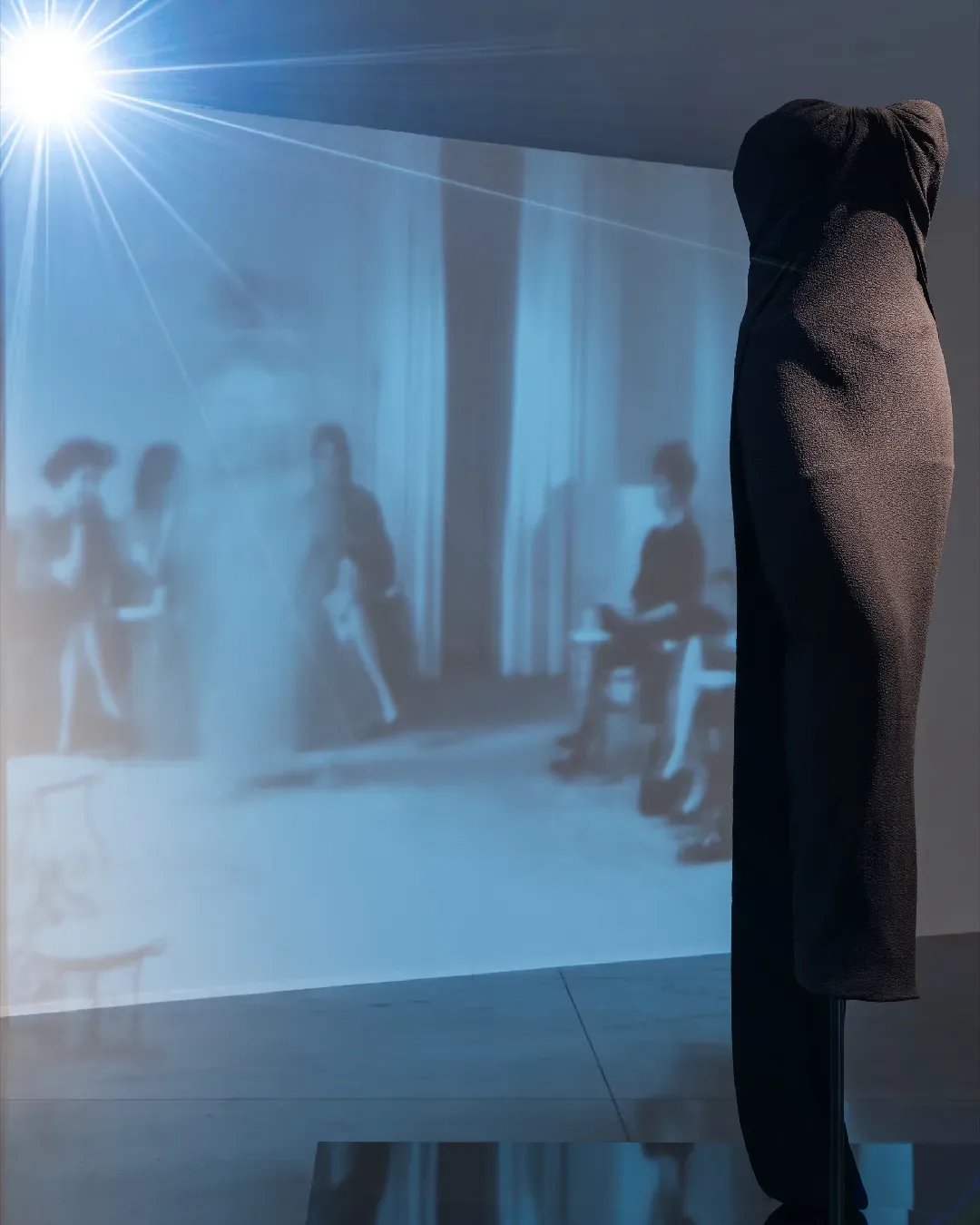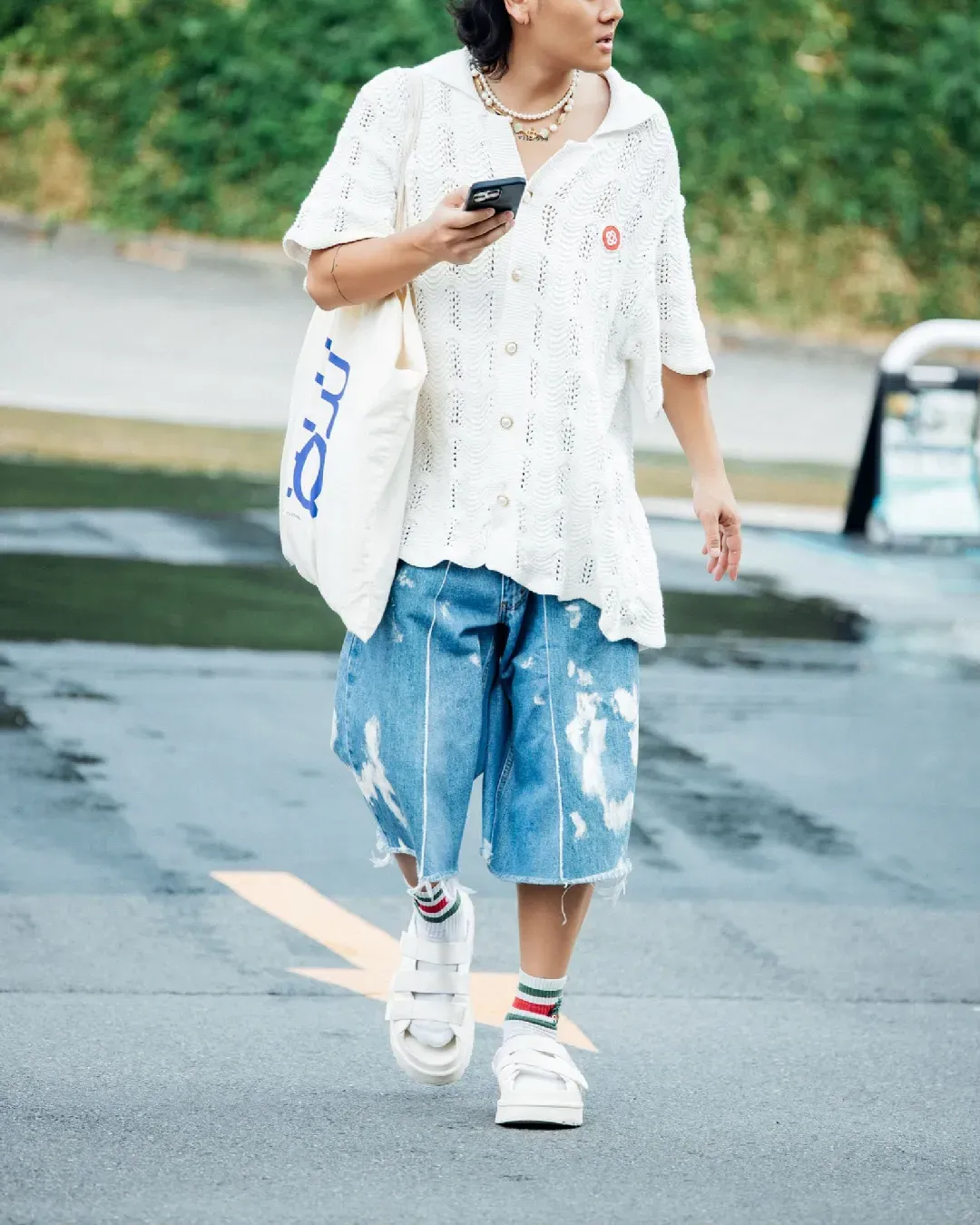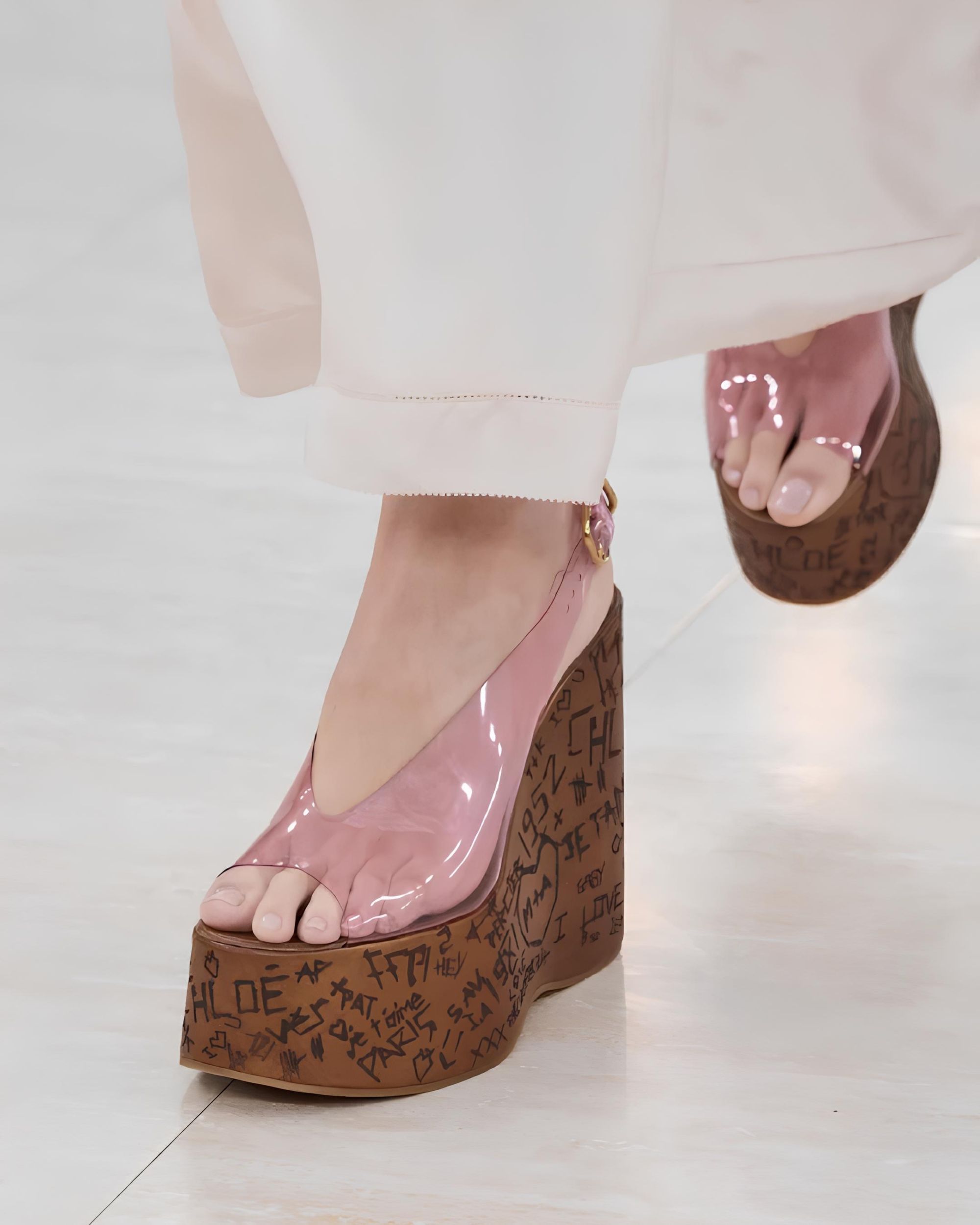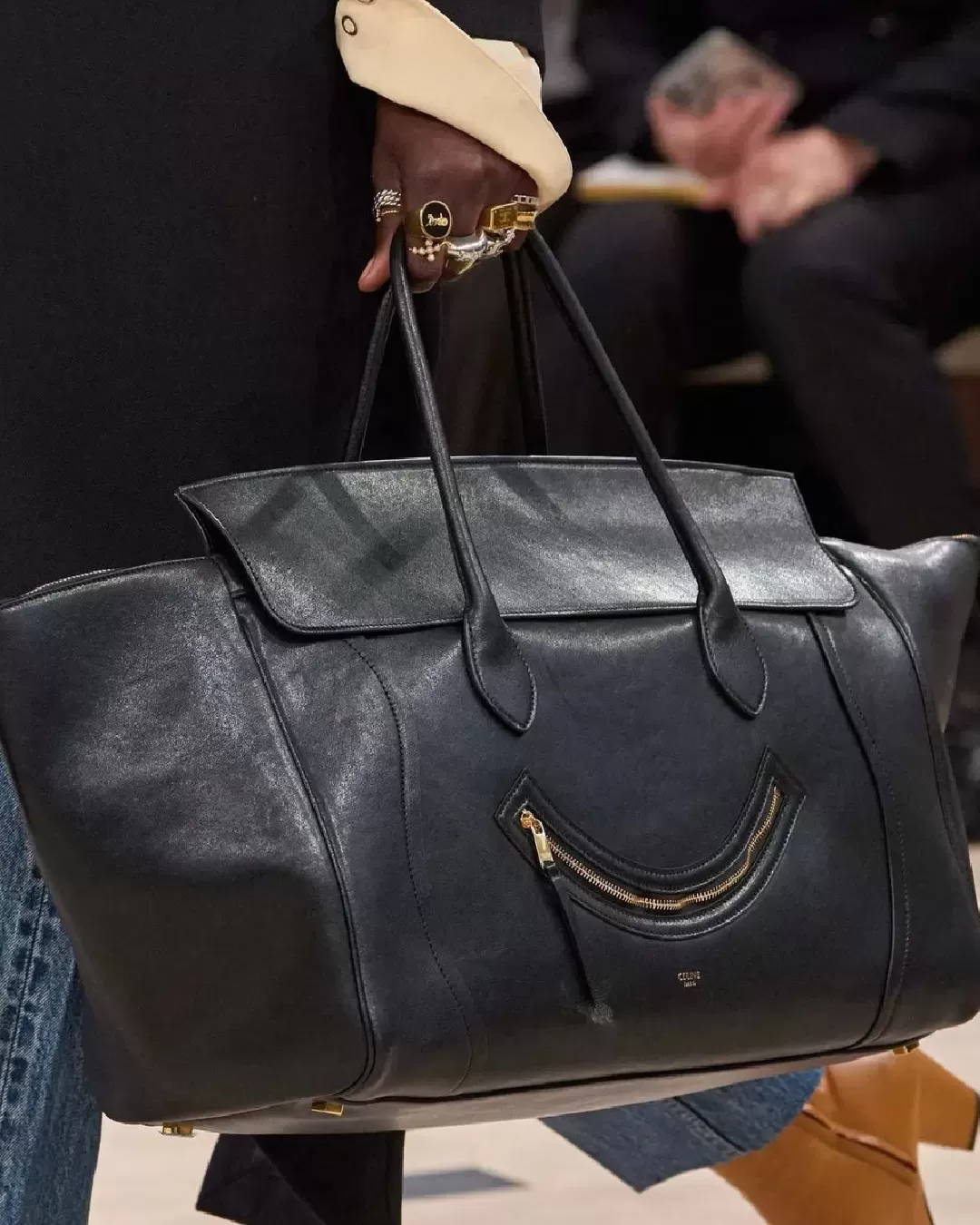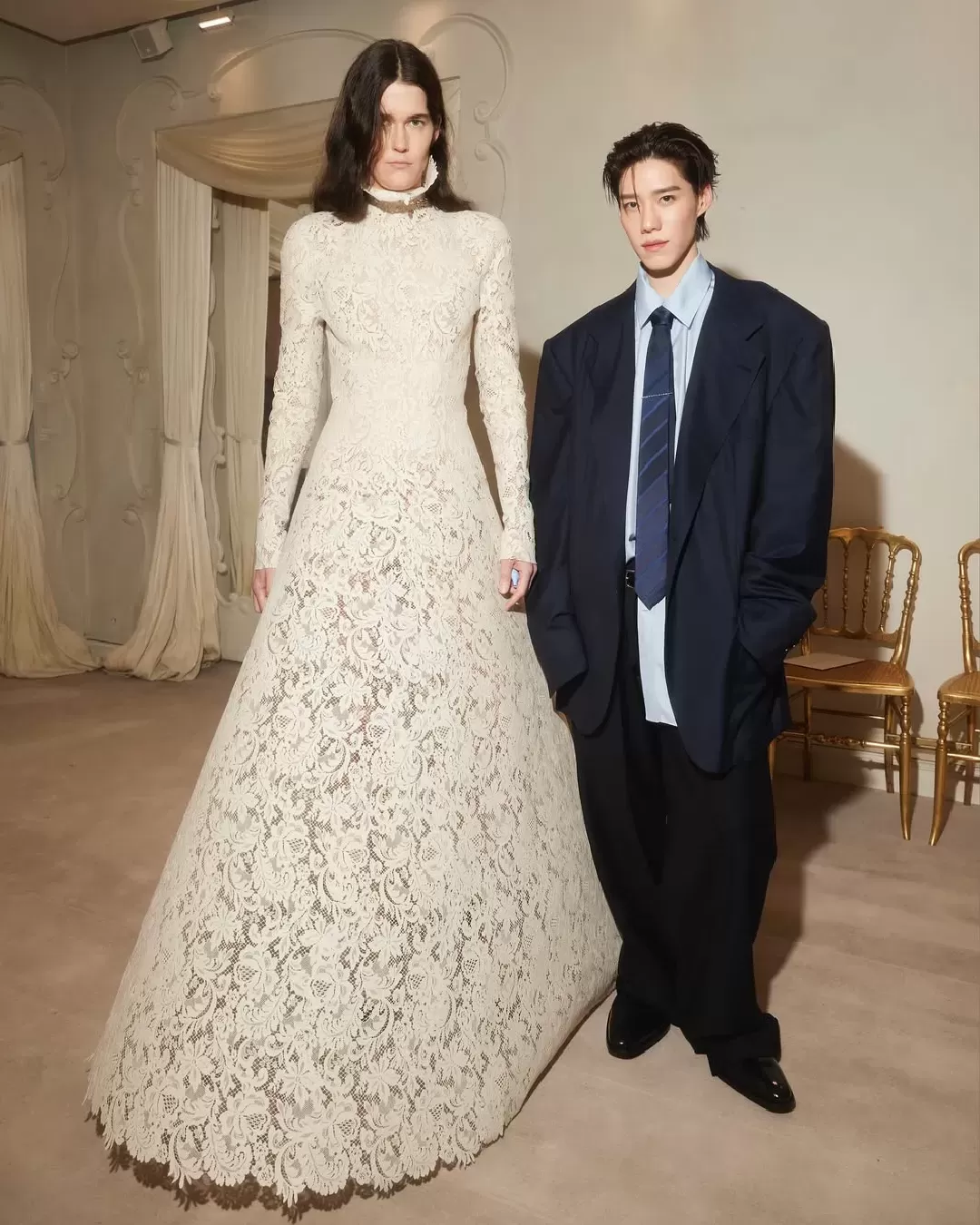
Demna Gvasalia’s rules And the 5 secrets behind his success
“Fashion used to create a dream: People used to dream about an amazing dress that they will probably never wear in their life, but that created an idea and an illusion. Now it is much more about product, and much more about somebody wanting to have it or wear it.”
In this sentence Demna Gvasalia condenses the essence of his philosophy: the attention is not placed on the spectacular nature of an item anymore, but on its real portability. The Georgian designer discusses this and much more in his latest interview released to WWD, along which he defines the rules of his game and suggests what will happen during his creative direction at Balenciaga.
In only two years his brand – Vêtements – has turned the tradition of the Parisian fashion calendar upside down, spotlighting the French capital underground scene and catapulting it on the runway.
If traditionally the seasonal inspiration of a designer comes from elevated artistic sources – painting, sculpture, photography, music, travels, historic personalities – Gvasalia has always declared his main stimulations originate from the street: the subway, an anonymous bar in the 10th arrondissement or the people queuing up at the supermarket.
Every moment is the right one to undertake sociological observations and re-elaborate evergreen items according to the current customs and traditions. An apparently simple process which has actually enabled the designer and his gang (the 7 creative minds who work with him to the development of the collections of the brand) to affirm and consolidate his role inside the landscape of the international fashion in the time of a few seasons.
What are, then, the secrets of the success of this subversive designer? We unveil this to you through his most interesting declarations released to WWD.
#1 He gleaned the tricks of the job from Martin Margiela. Before starting his “monographic” experience, Gvasalia worked for renewed French houses such as Maison Margiela and Louis Vuitton. About the first one, he says: “I personally learned when I worked there, where you start out basically loving clothes and turning them inside out, seeing how they’re made, and being inspired by the actual clothes to make new clothes”.
#2 Lotta Volkova Adam is his ace in the hole. About the Russian stylist friend he says: “She helps me out in everything from brainstorming to casting to styling. She’s more of an interface for me, like I need somehow a woman to talk about the clothes and to get the very subjective feminine opinion about things”. Tasks she will also do at Balenciaga.
#3 He collaborates with a young sociologist friend to understand what people really want to wear. “I send him around the streets of London and Paris to ask people about why they wear this particular pair of jeans, what they liked about them, if it’s the high waist or the low waist, if they feel better in it because you know, all those things are very important to consider when you make clothes, how people are feeling in them”.
#4 He’s a fan of online communication. “I like to discuss ideas with my collaborators and my three interns, both in groups or separated. 30% of our time is spent online”.
#5 He believes in the power of individuality more than in the one of trends. “I feel like today people are more in this individual approach and they want to be different from other people” he says, citing the death of the “It” bag as proof of that.












































